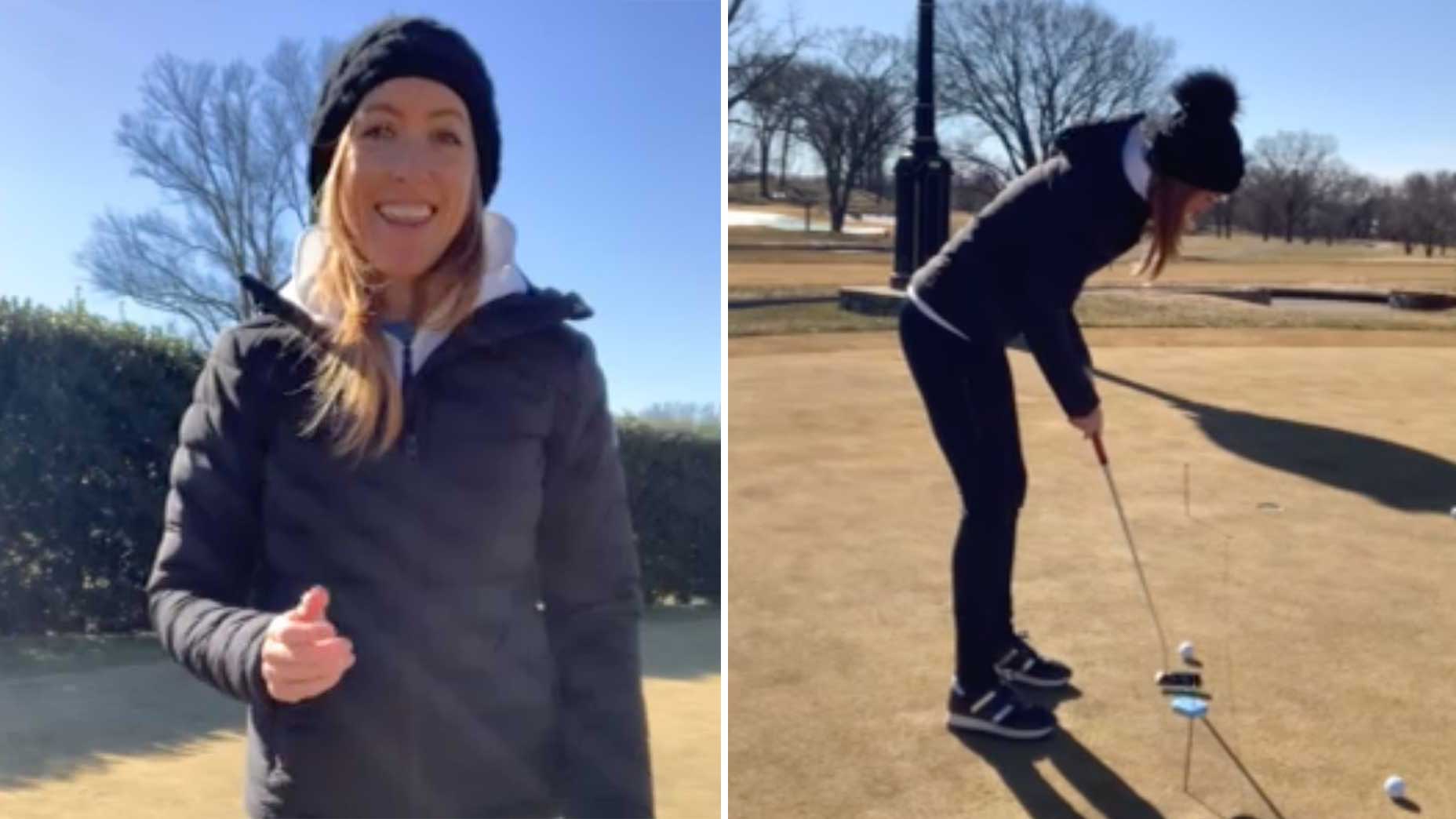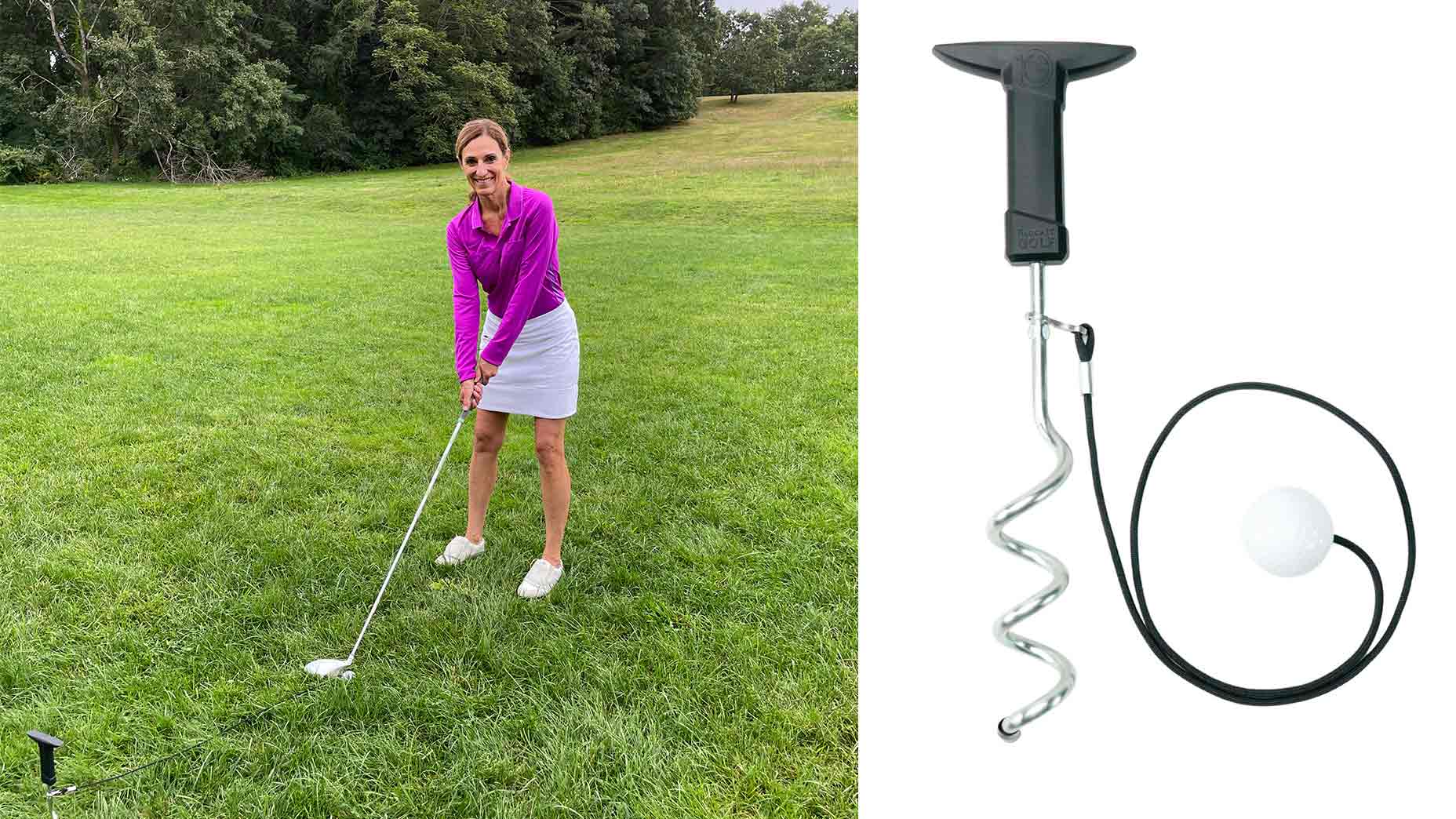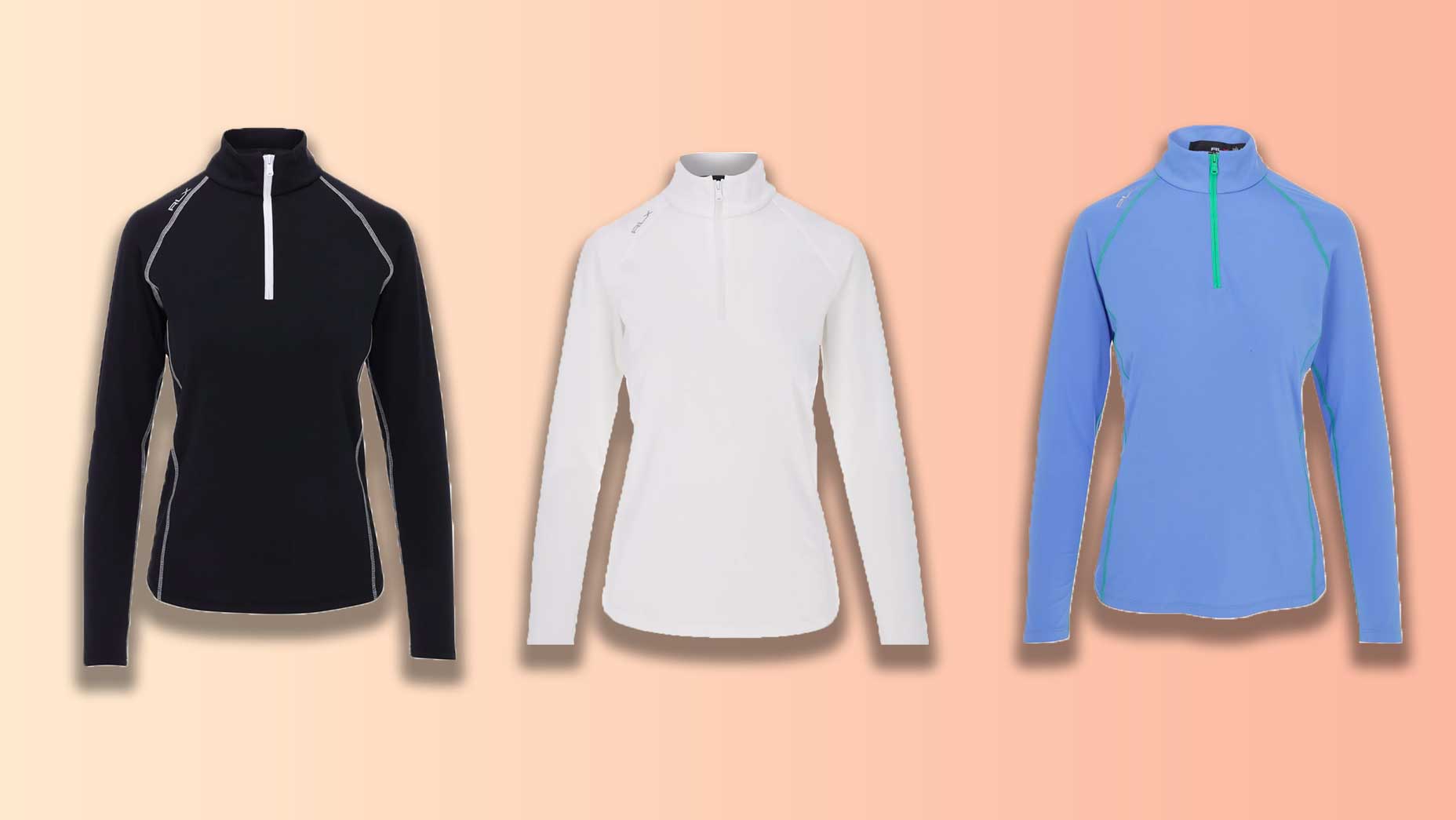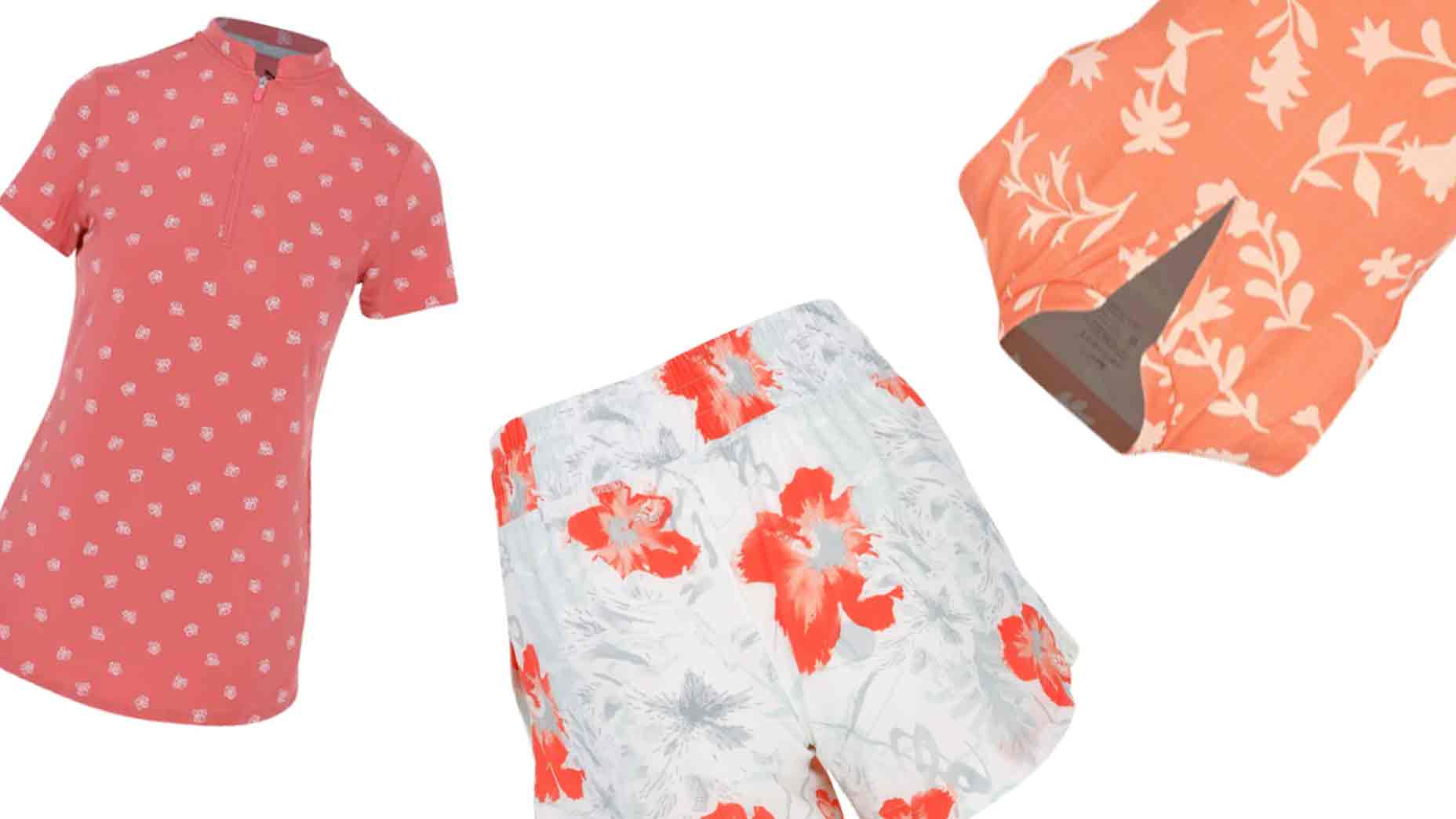Grain isn’t much of a factor on bent grass greens because the blades of grass grow nearly straight up, while Bermuda grass lays over in a particular direction. Bent grass greens are usually easier to read because the putt will hold its line for the entirety of its roll. They also tend to be cut tighter and therefore will break more than Bermuda grass, given an identical slope.
I grew up in the Northeast and my eyes became accustomed to seeing a lot of break. When I moved to Florida, the Bermuda-grass greens were generally slower and didn’t break as much. It took me a while to get used to aiming for less break than I instinctively wanted to on similarly sloped greens.
Why treating every putt as a straight putt can help you on the greenBy: Trillium Rose, Top 100 Teacher
If you play golf on Bermuda greens, it is important to know where West is, or where the sun sets. On a relatively flat green, the grain will almost always grow toward the West. If the greens have a lot of slope, then the grain typically grows in the direction of the slope. The old saying goes, “Where the water flows the grain will grow.” This usually overrides the effect of the grass growing towards the West.
Another simple method is to look at the cup itself. You should notice that one side of the cup looks rough and slightly beaten up. This worn-out grass is showing you the direction that the grass is growing. The ball will travel toward that side of the cup.
The grain can also have a big influence on the speed of your putt. A good way to see if you are putting into the grain or down grain is by looking at the overall green. Does it look shiny or dark? If it looks shiny, you are putting or chipping down grain and the ball will roll faster. If it looks dark, you are putting or chipping into the grain and you will need a firmer strike to cover the same distance.
Need help unriddling the greens at your home course? Pick up a custom Green Book from our sister company Golf Logix.











